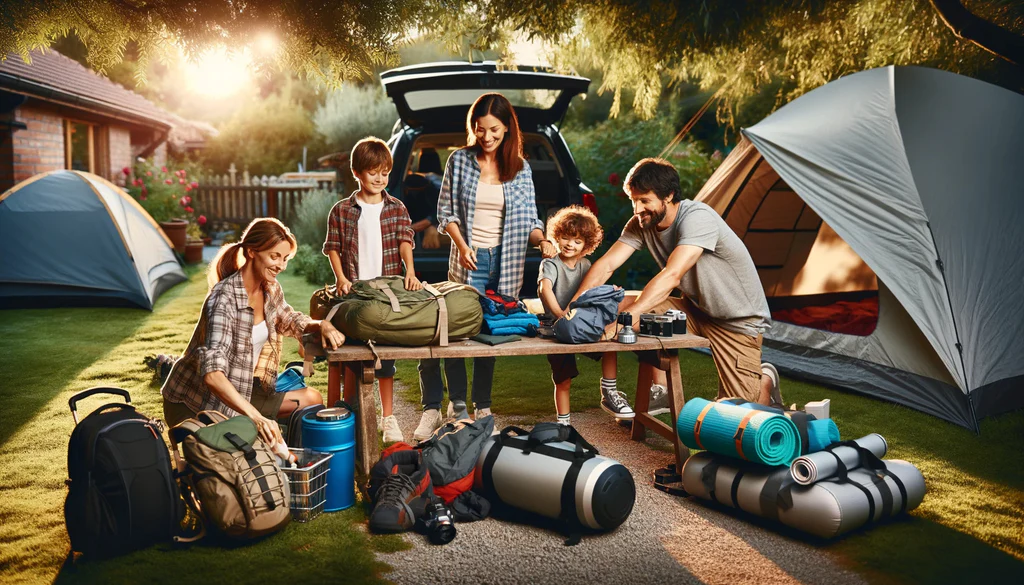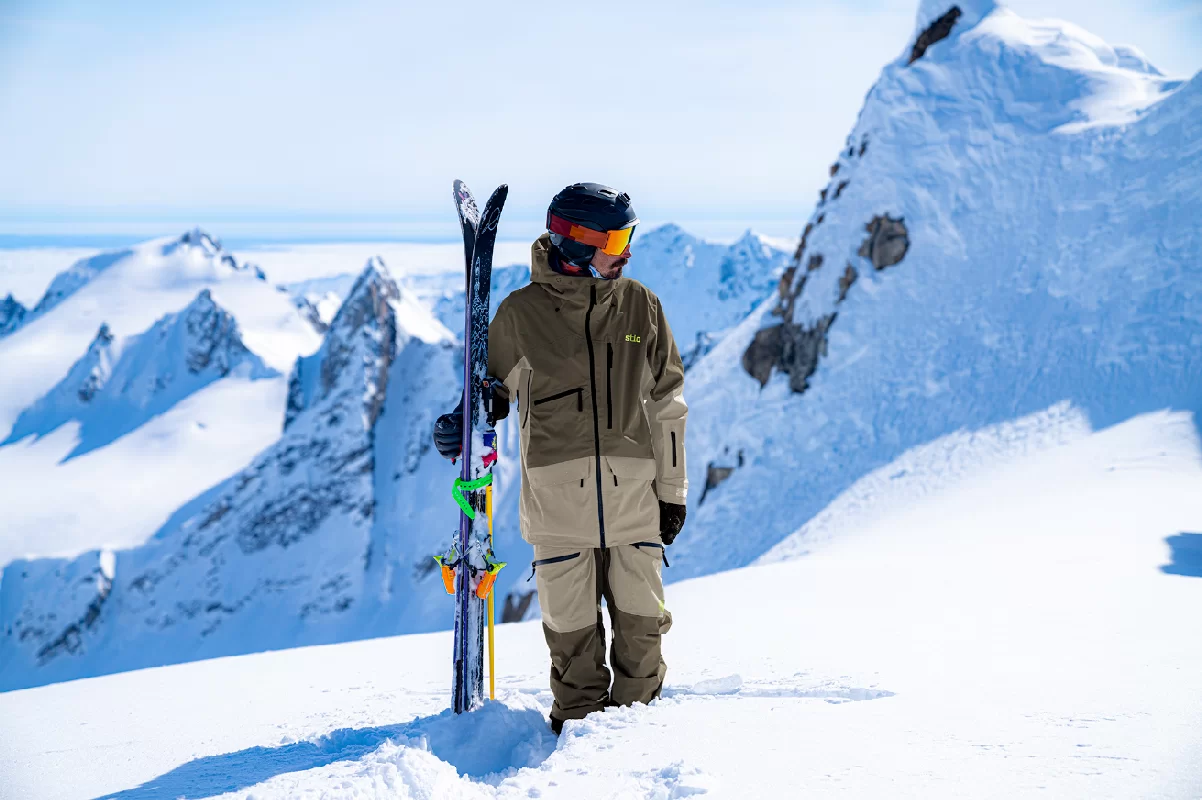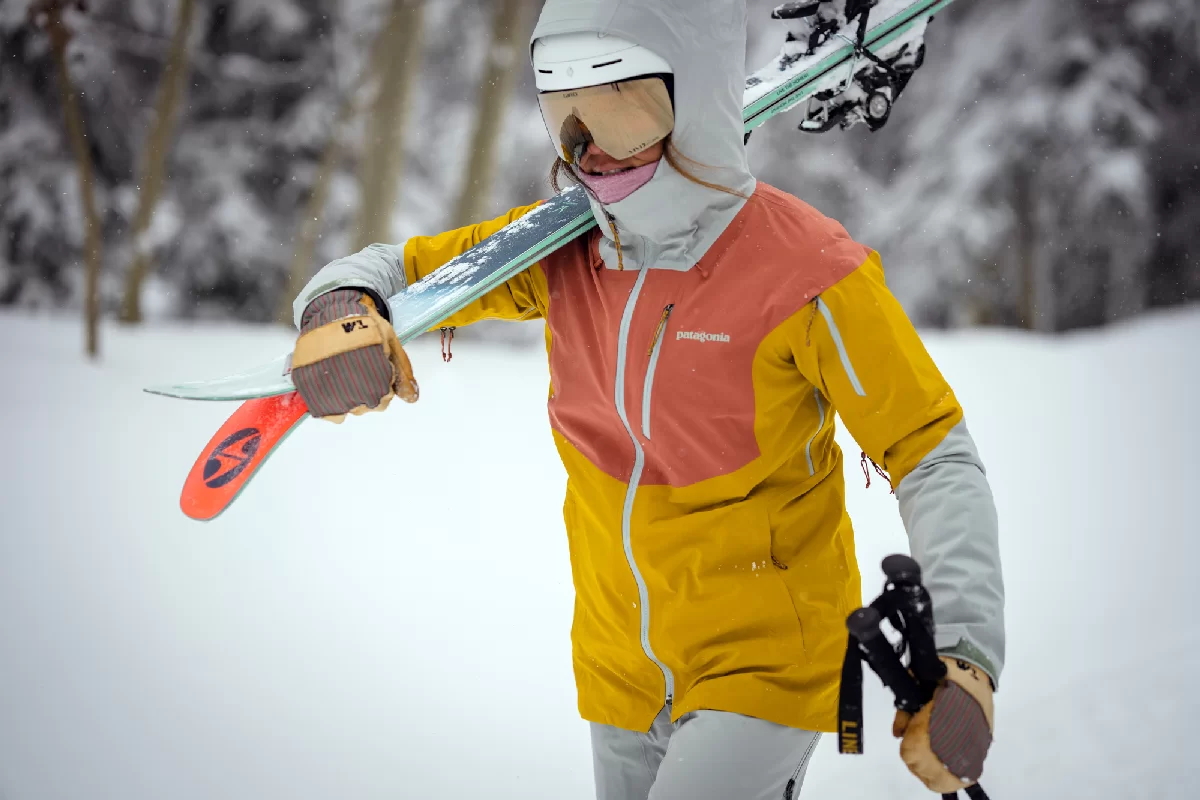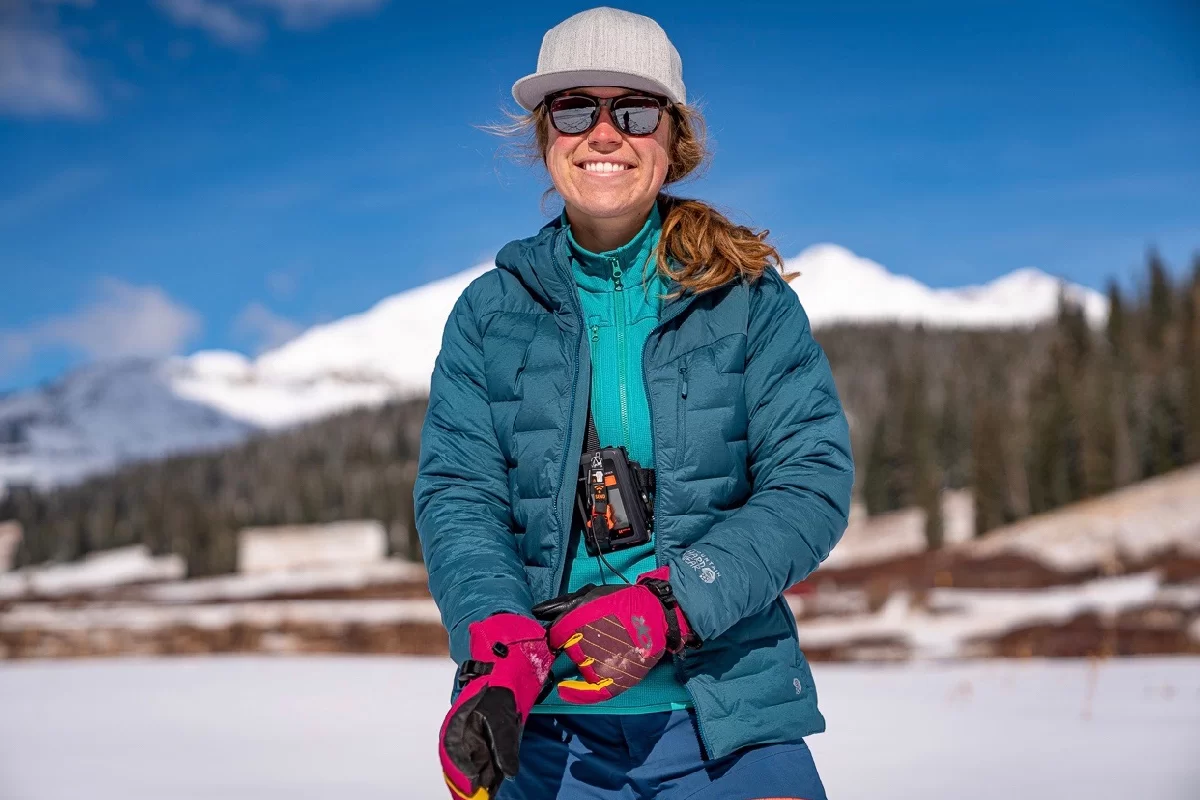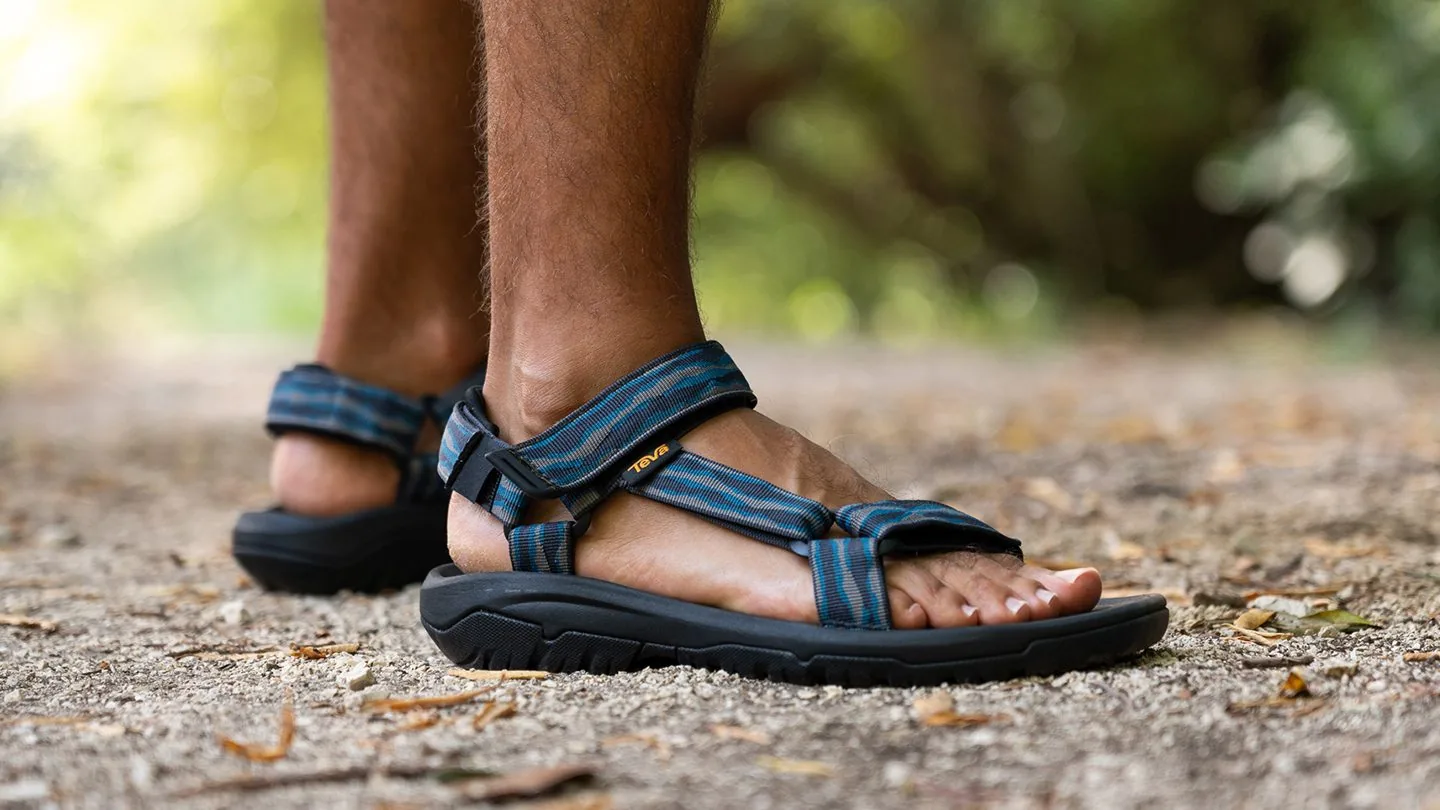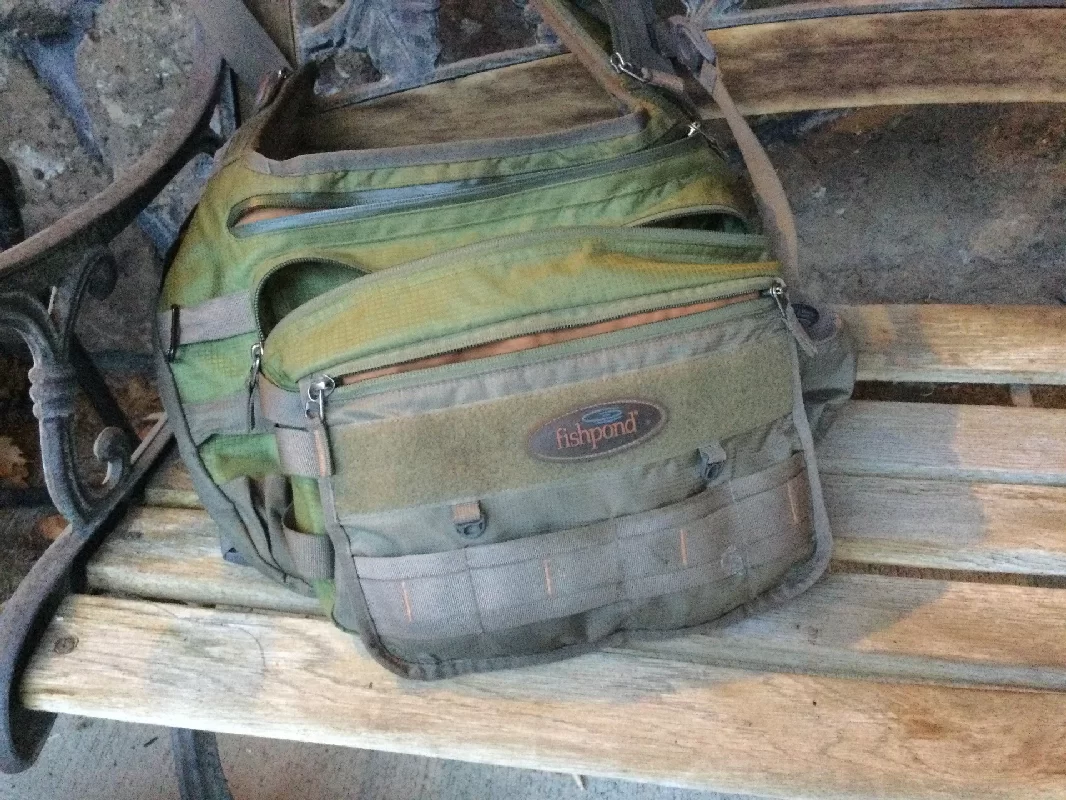Camping is a fantastic way for families to bond, explore the great outdoors, and create lasting memories. However, organizing a family camping trip requires careful planning and the right gear to ensure everyone enjoys the experience. In this guide, we’ll cover essential tips, gear recommendations, and activities that will help make your family camping adventure both fun and comfortable.
1. Planning Your Family Camping Trip
The first step in a successful family camping trip is planning. Here are key elements to consider:
a. Choose the Right Location
Selecting a family-friendly campsite is crucial. Look for campgrounds that offer:
- Amenities: Consider sites with bathrooms, running water, and picnic tables for added convenience.
- Activities: Choose locations near hiking trails, lakes, or other recreational areas that offer opportunities for family activities.
- Safety: Research the safety of the area, including wildlife, weather conditions, and any potential hazards.
b. Set a Date
Choose a date that accommodates everyone’s schedule. Consider school holidays, work commitments, and weather conditions. Early summer or early fall is often ideal for family camping due to milder temperatures and fewer bugs.
c. Plan Your Itinerary
Outline a flexible itinerary that includes travel time, activities, and meals. Involve the whole family in the planning process to ensure everyone has a say in what they want to do.
2. Essential Family Camping Gear
Having the right gear is vital for a comfortable and enjoyable camping experience. Here’s a list of essential items to consider:
a. Family Tent
A spacious tent is crucial for family camping. Look for features such as:
- Size: Choose a tent that can comfortably accommodate your family plus gear. A tent with separate rooms can provide privacy and organization.
- Weather Resistance: Ensure it has a waterproof rainfly and adequate ventilation.
- Ease of Setup: Select a tent that is easy to pitch to make the setup process quick and hassle-free.
b. Sleeping Arrangements
Comfortable sleeping arrangements are essential for good rest. Consider:
- Sleeping Bags: Choose sleeping bags rated for the expected temperatures. Look for bags that are easy to pack and lightweight.
- Sleeping Pads: Insulated sleeping pads provide comfort and insulation from the cold ground. Consider inflatable options that pack down small.
- Family Sleep Systems: Some families opt for larger sleeping bags or sleeping systems designed to accommodate multiple people.
c. Cooking Gear
Cooking outdoors can be a fun family activity. Essential cooking gear includes:
- Camp Stove: A portable camp stove is ideal for quick meal preparation. Look for lightweight options that are easy to transport.
- Cookware: Lightweight pots, pans, and utensils make cooking and cleaning easier. Nesting cookware saves space in your pack.
- Cooler: A durable cooler will keep perishables fresh. Look for one with good insulation and a size that fits your family’s needs.
d. Safety and First Aid
Safety is paramount when camping with family. Be sure to pack:
- First Aid Kit: A comprehensive first aid kit should include bandages, antiseptic wipes, pain relievers, and any personal medications.
- Multi-Tool or Knife: A multi-tool is handy for various tasks, from food prep to gear repairs.
- Firestarter Kit: Waterproof matches, a lighter, and tinder materials are essential for starting campfires safely.
e. Comfort Items
Don’t forget comfort items that can enhance your camping experience:
- Camp Chairs: Lightweight chairs provide comfortable seating around the campfire.
- Blankets: Packable blankets can keep everyone warm during chilly evenings.
- Games and Activities: Bring along board games, cards, or outdoor games like frisbee or cornhole for family entertainment.
3. Packing Smart
Efficient packing can reduce stress and enhance your camping experience. Here are some tips:
a. Create a Packing List
A packing list helps ensure you don’t forget essentials. Include items like clothing, toiletries, cooking gear, and entertainment options. Involve the kids in creating the list to teach them about preparation.
b. Use Packing Cubes or Bags
Packing cubes or bags can help keep your gear organized and easily accessible. Assign each family member their own bag for personal items.
c. Consider Weight and Space
When packing, be mindful of weight and space. Choose lightweight, compact gear to make transportation easier. Consider using dry bags for clothing and gear to keep them organized and dry.
4. Food Planning
Meal planning is a critical aspect of family camping. Here are some tips for making mealtime enjoyable:
a. Easy-to-Prepare Meals
Choose simple meals that require minimal prep and cooking time. Some ideas include:
- One-Pot Meals: Dishes like chili, pasta, or stir-fry can be made in one pot for easy cleanup.
- Wraps and Sandwiches: Easy to prepare and customizable, wraps and sandwiches are great for lunches.
- Snacks: Pack plenty of snacks like trail mix, granola bars, and fruit to keep everyone energized.
b. Involve the Family
Get everyone involved in meal preparation and cooking. Assign tasks based on age and ability, such as washing vegetables, stirring pots, or setting the table.
c. Leave No Trace
Teach your family about leaving no trace principles, including proper waste disposal and minimizing campfire impact. Bring trash bags and ensure everyone helps clean up the campsite.
5. Activities for Family Bonding
Camping offers countless opportunities for family bonding through activities. Here are some ideas:
a. Hiking
Explore nearby trails together, allowing everyone to appreciate the beauty of nature. Choose trails suitable for your family’s skill level and age.
b. Campfire Storytelling
Gather around the campfire in the evenings for storytelling or sharing family memories. This is a great way to connect and create lasting memories.
c. Nature Scavenger Hunt
Create a scavenger hunt for the kids to explore the area. List items to find, such as certain leaves, rocks, or wildlife. This engages them with nature and keeps them active.
d. Stargazing
On clear nights, take advantage of the lack of city lights to stargaze. Bring a star chart or a stargazing app to identify constellations together.
6. Safety Tips for Family Camping
Safety should always be a priority when camping with family. Here are essential tips to keep everyone safe:
a. Set Ground Rules
Before heading out, establish ground rules for safety, such as staying within sight, not wandering off alone, and respecting wildlife.
b. Teach Basic Outdoor Skills
Before your trip, consider teaching your children basic outdoor skills, such as using a compass, building a fire, or identifying safe plants.
c. Stay Informed
Keep an eye on weather conditions and be prepared to adjust your plans if necessary. Bring a weather radio or smartphone with weather apps for updates.
d. Know Emergency Procedures
Familiarize yourself with emergency procedures for the area you are camping in. Know the location of the nearest hospital or ranger station and have a plan in case of an emergency.
7. Leave No Trace Principles
As a family, practicing Leave No Trace principles is essential for preserving the natural beauty of the outdoors. Educate your children about the importance of these principles:
- Plan Ahead: Prepare for your trip, including food, gear, and safety.
- Travel and Camp on Durable Surfaces: Stick to established trails and campsites to minimize impact.
- Dispose of Waste Properly: Pack out all trash and waste.
- Leave What You Find: Do not disturb natural or cultural features.
- Minimize Campfire Impact: Use established fire rings and keep fires small.
- Respect Wildlife: Observe animals from a distance and do not feed them.
- Be Considerate of Other Visitors: Keep noise levels down and respect others’ space.
Conclusion
Family camping is an incredible way to bond with loved ones while enjoying the beauty of nature. By planning your trip carefully, choosing the right gear, and engaging in fun activities, you can create lasting memories that will stay with your family for years to come. With the right preparation and a spirit of adventure, your family camping trip can be a delightful experience filled with laughter, exploration, and connection. So gather your family, pack your gear, and get ready for an unforgettable outdoor adventure! Happy camping!

